Independent Kilgraston School is to close, blaming in part the imposition of VAT on fees.
It’s an early casualty of Labour’s end to the exemption from VAT for private school fees which will see parents pay more for their kids’ education from January.
Admittedly there are other, bigger financial troubles at play for the Perthshire school, which was pulled back from closure a year ago.
But school bosses have told parents that the pressure of adding VAT to their bills twisted the screw.
Those who support VAT being levied on private school fees argue that such schools create a two-tier education system.
What about the children expecting to start the new term at Kilgraston School?
Labour says the £1.5 billion expected to be raised across the UK will be invested in state schools.
But what of the 173 children who were due to start the new term at Kilgraston School, near Bridge of Earn, in two weeks’ time?
Some of them are teenage girls – for Kilgraston’s senior school is girls-only – entering their final year of education with all-important exams ahead of them.
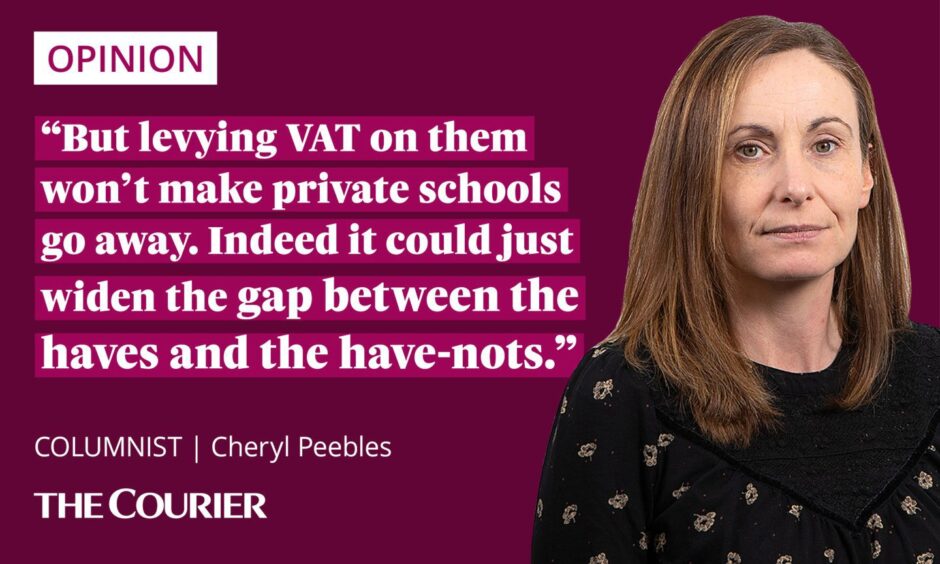
Where do they go? Places are being offered at the more costly Glenalmond College, also in Perthshire.
Or will those who live locally be desperately seeking places at the nearest local authority schools in Perth and Auchterarder where pupils return tomorrow?
Every child in Scotland deserves an equal chance to thrive and succeed, and to be offered a high-quality education. Who could argue with that?
Levying VAT will just widen the gap
Many people abhor the very existence of private schools, arguing they give offspring of the wealthy an unfair advantage.
And they are right.
But levying VAT on them won’t make private schools go away. Indeed it could just widen the gap between the haves and the have-nots.
It could put them out of reach of those families on the middle ground, doing well and just able to afford to send their kids to an independent school.
And, warns the private school sector, there could be other unintended consequences for those outside its sphere.
It’s agreed that some pupils will be withdrawn from private education as a result of the addition of VAT to fees. Predictions, however, range from 3% to 20%.
Local authorities say there is room in the school estate to accommodate additional children.
But there will be pinch points where those children’s catchment area schools are at or near capacity. Madras College, in St Andrews, and Perth High School, are local examples.
Even where there is space at their local school, there will be the additional cost of accommodating and educating those pupils.
And they may have additional support needs. Indeed many parents choose private schooling, with its smaller class sizes, for that very reason.
The schools themselves are said to contribute more than £548 million to Scotland’s economy each year.
They provide employment directly and they use local suppliers.
Disruption of education
Sporting talent is also nurtured in private schools in a way impossible to replicate in cash-strapped local authority schools.
Most important, however, are the individual children.
Those whose education will be disrupted if their school closes like Kilgraston or their parents are no longer able to pay their fees.
Children suddenly taken away from the friends, the teachers, the environment they have known perhaps for several years.
As thousands of other kids return to school after the holidays, the Kilgraston School girls face leaving what they know behind and integrating into new – as yet unknown – schools.
Cheryl Peebles is a mother-of-two and senior features writer for The Courier specialising in schools and family.
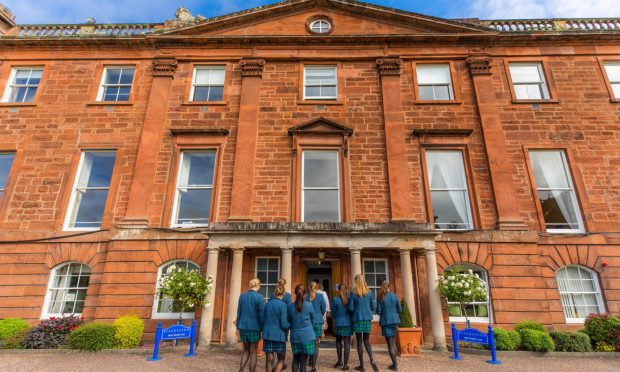
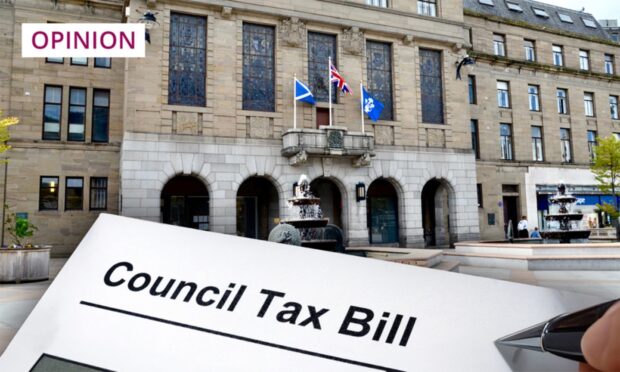
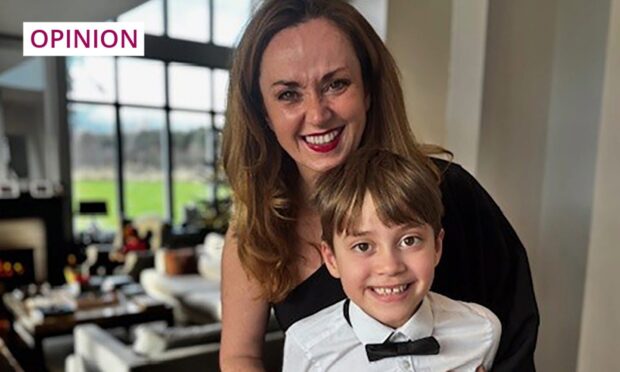
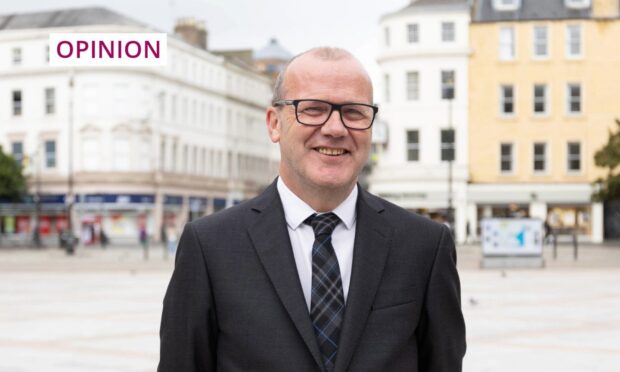
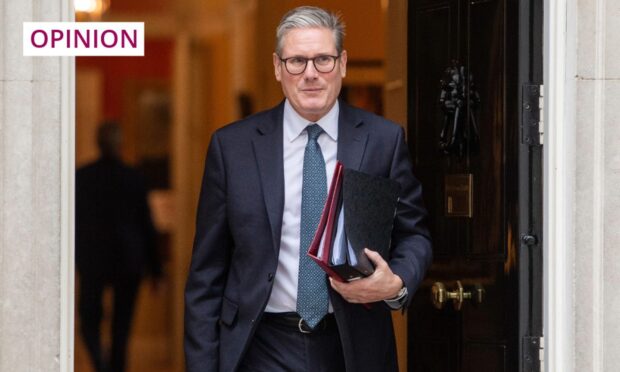
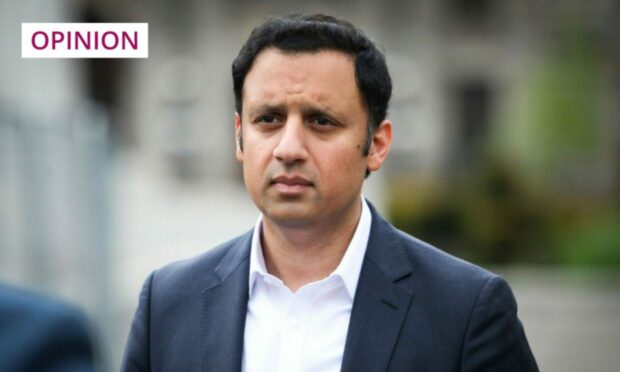

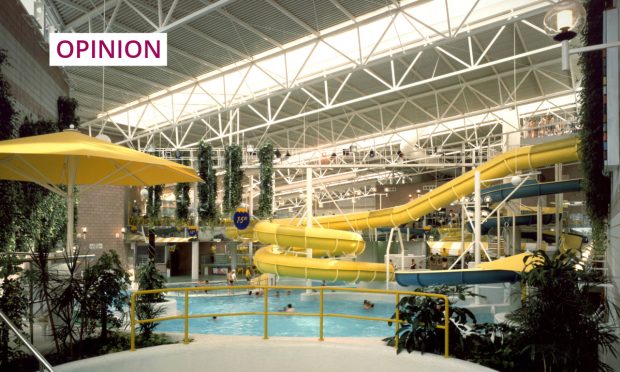
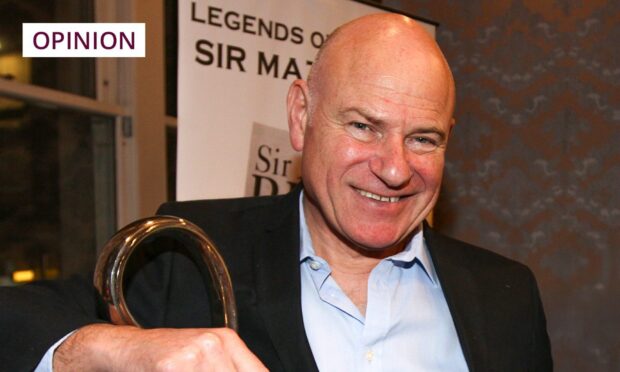
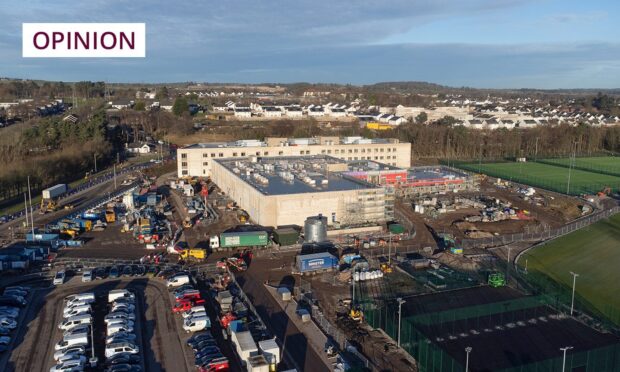
Conversation